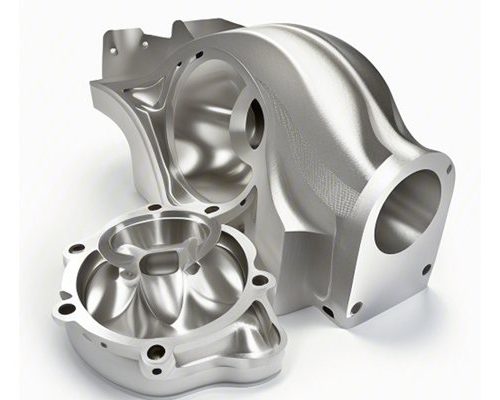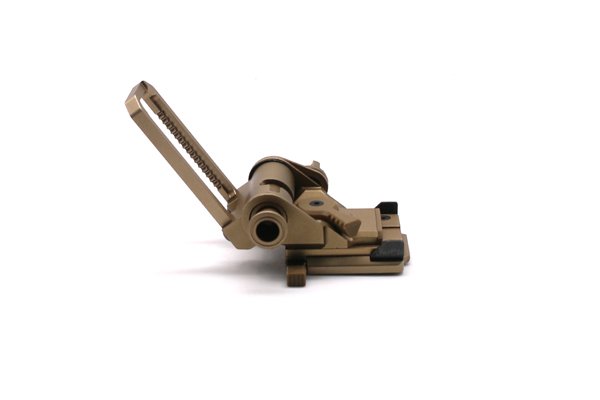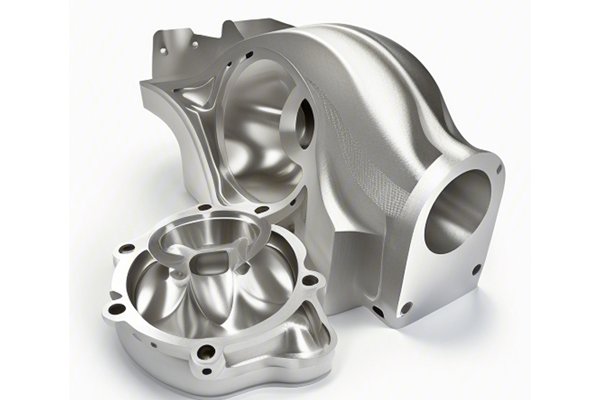*
In the realm of CNC (Computer Numerical Control) machining, one essential aspect that greatly affects the outcome of a project is the choice of material. Among various materials utilized in this precision-driven industry, brass stands out due to its unique blend of properties such as machinability, corrosion resistance, and aesthetic appeal. However, a critical factor that influences the overall performance of brass components in CNC machining is hardness. At YL Machining, we recognize that understanding brass hardness and its implications can significantly enhance the quality and efficiency of CNC prototyping processes. This comprehensive blog article aims to delve into the relationship between brass hardness, CNC prototyping, and the overall machining quality, encompassing various influencing factors, methodologies, and best practices.
Understanding Brass and Its Hardness
Brass is an alloy primarily composed of copper and zinc, with its properties varying according to the proportions of these constituent metals. The hardness of brass can be defined as the resistance of the material to deformation, particularly permanent deformation such as indentation or scratching. Hardness measurement is crucial in determining the machinability of brass in CNC operations, as it directly correlates with cutting forces, tool wear, and final component quality.
The Significance of Hardness in CNC Machining
Hardness plays a pivotal role in CNC machining for several reasons:
Factors Influencing Brass Hardness
Brass hardness can be influenced by various factors, including:
CNC Prototyping with Brass: Key Considerations
Prototyping with brass in CNC machining presents unique advantages and challenges. Understanding the hardness of brass during this stage is critical for achieving the desired outcomes.
When beginning the prototyping process, selecting the appropriate brass alloy based on its hardness characteristics is essential. Engineers should consider both the functional requirements of the component and the CNC machining capabilities available. Softer alloys generally yield more precise prototypes and are easier to machine, while harder alloys may be better suited for functional parts that require higher wear resistance.
To effectively machine brass prototypes, it is vital to adjust the parameters based on the hardness of the selected alloy. Key parameters include:

As mentioned earlier, the hardness of brass affects the ability to achieve a desired surface finish. Managing the cutting forces is crucial in this regard. Techniques for improving surface finish in harder brass include:
The impact of brass hardness on tool wear can lead to increased downtime and costs. Operators should monitor cutting tools closely and implement the following best practices:
Case Studies: Real-World Applications
To further illustrate the impact of brass hardness on CNC prototyping, consider the following case studies that exemplify best practices in design and execution.
Case Study 1: Aerospace Components
An aerospace company required precision components made from brass for hydraulic systems. The chosen material, C464, possessed a higher hardness rating, which posed challenges in machining. To minimize tool wear and ensure surface quality, the company implemented a unique machining process with advanced carbide tooling and specific coolant techniques, achieving the desired prototypes within the required tolerances.
Case Study 2: Decorative Hardware
A manufacturer of decorative brass hardware opted for C260 brass to enhance machinability while maintaining a desirable finish. The lower hardness allowed them to achieve intricate designs with minimal tool wear and consistent surface quality. Their approach demonstrated that selecting softer brass alloys effectively met both aesthetics and functionality.
Case Study 3: Electronic Components
An electronics manufacturer faced significant challenges when machining harder brass materials for connector housings. The hardness resulted in rapid tool wear and difficulty achieving the necessary geometric precision. By integrating robust analytics to adjust their cutting parameters dynamically and optimizing the tool selection specific to hardness, they improved production efficiency and reduced costs by over 30%.
Understanding the impact of brass hardness on the CNC prototyping process is fundamental for engineers and machinists alike. As seen through various examples and considerations, hardness influences machinability, tool wear, surface finish, and overall prototype quality. By selecting the appropriate brass alloy, adjusting machining parameters, and implementing best practices in tool management, manufacturers like YL Machining can achieve outstanding results in CNC prototyping with brass.
As industries continue to evolve and demand more complex components, ongoing research and development in materials and tooling will be vital in pushing the boundaries of what’s possible. Ensuring that hardness is factored into the overall CNC machining strategy will aid businesses in delivering superior quality products that meet the rigorous standards of today’s markets.
Continued collaboration across sectors, coupled with innovations in materials and processes, will shape the future of CNC machining and prototyping, driving forth efficiency, quality, and functionality.



